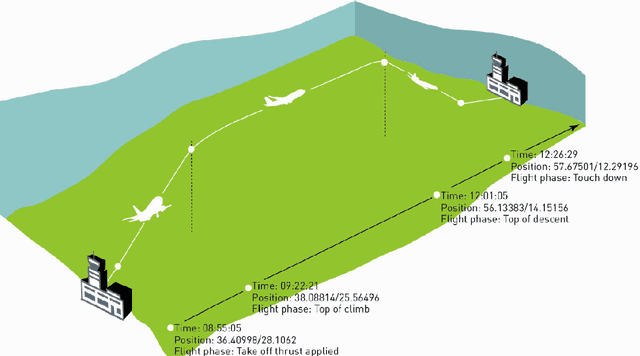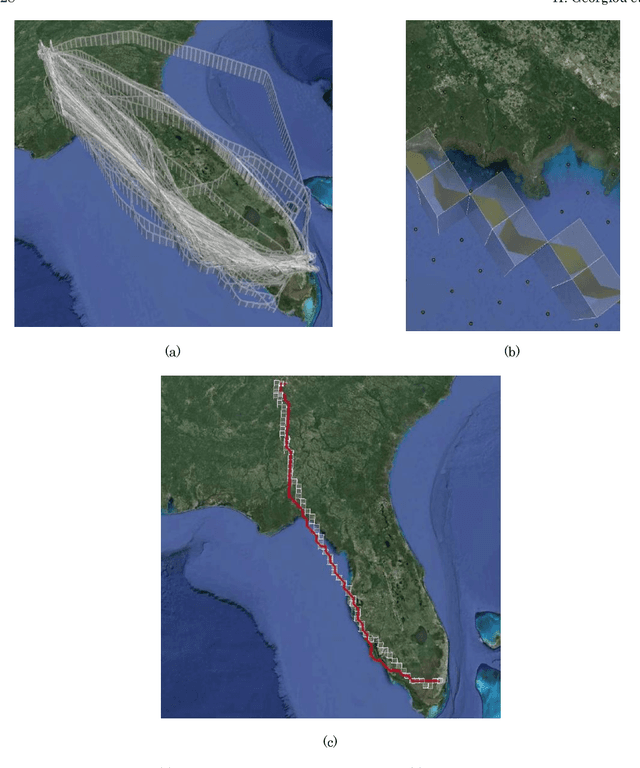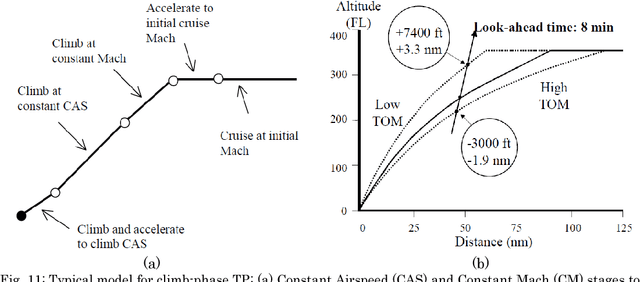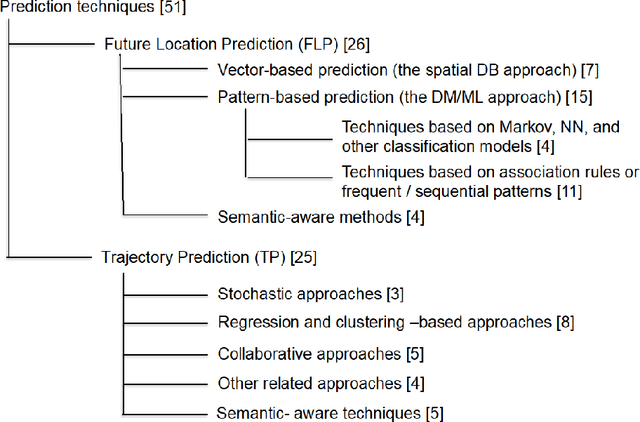Sophia Karagiorgou
Benchmarking of Different YOLO Models for CAPTCHAs Detection and Classification
Feb 19, 2025



Abstract:This paper provides an analysis and comparison of the YOLOv5, YOLOv8 and YOLOv10 models for webpage CAPTCHAs detection using the datasets collected from the web and darknet as well as synthetized data of webpages. The study examines the nano (n), small (s), and medium (m) variants of YOLO architectures and use metrics such as Precision, Recall, F1 score, mAP@50 and inference speed to determine the real-life utility. Additionally, the possibility of tuning the trained model to detect new CAPTCHA patterns efficiently was examined as it is a crucial part of real-life applications. The image slicing method was proposed as a way to improve the metrics of detection on oversized input images which can be a common scenario in webpages analysis. Models in version nano achieved the best results in terms of speed, while more complexed architectures scored better in terms of other metrics.
CEASEFIRE: An AI-powered system for combatting illicit firearms trafficking
Jun 21, 2024Abstract:Modern technologies have led illicit firearms trafficking to partially merge with cybercrime, while simultaneously permitting its off-line aspects to become more sophisticated. Law enforcement officers face difficult challenges that require hi-tech solutions. This article presents a real-world system, powered by advanced Artificial Intelligence, for facilitating them in their everyday work.
Moving Objects Analytics: Survey on Future Location & Trajectory Prediction Methods
Jul 11, 2018



Abstract:The tremendous growth of positioning technologies and GPS enabled devices has produced huge volumes of tracking data during the recent years. This source of information constitutes a rich input for data analytics processes, either offline (e.g. cluster analysis, hot motion discovery) or online (e.g. short-term forecasting of forthcoming positions). This paper focuses on predictive analytics for moving objects (could be pedestrians, cars, vessels, planes, animals, etc.) and surveys the state-of-the-art in the context of future location and trajectory prediction. We provide an extensive review of over 50 works, also proposing a novel taxonomy of predictive algorithms over moving objects. We also list the properties of several real datasets used in the past for validation purposes of those works and, motivated by this, we discuss challenges that arise in the transition from conventional to Big Data applications. CCS Concepts: Information systems > Spatial-temporal systems; Information systems > Data analytics; Information systems > Data mining; Computing methodologies > Machine learning Additional Key Words and Phrases: mobility data, moving object trajectories, trajectory prediction, future location prediction.
 Add to Chrome
Add to Chrome Add to Firefox
Add to Firefox Add to Edge
Add to Edge